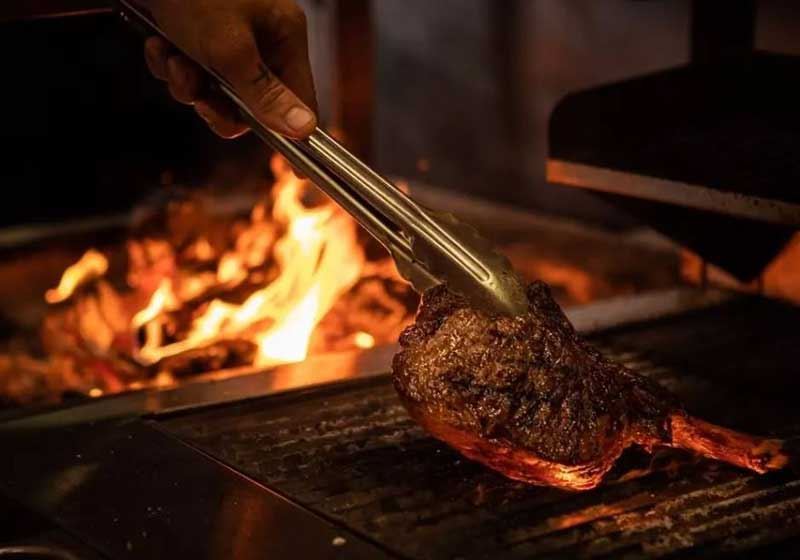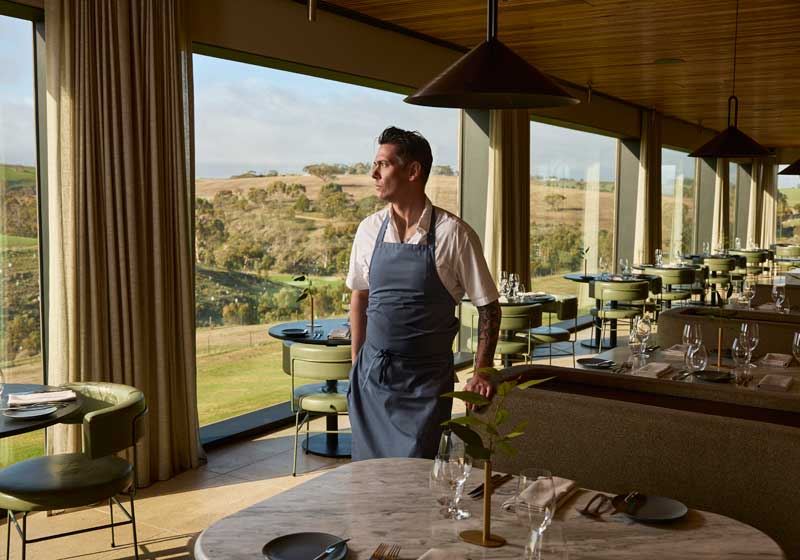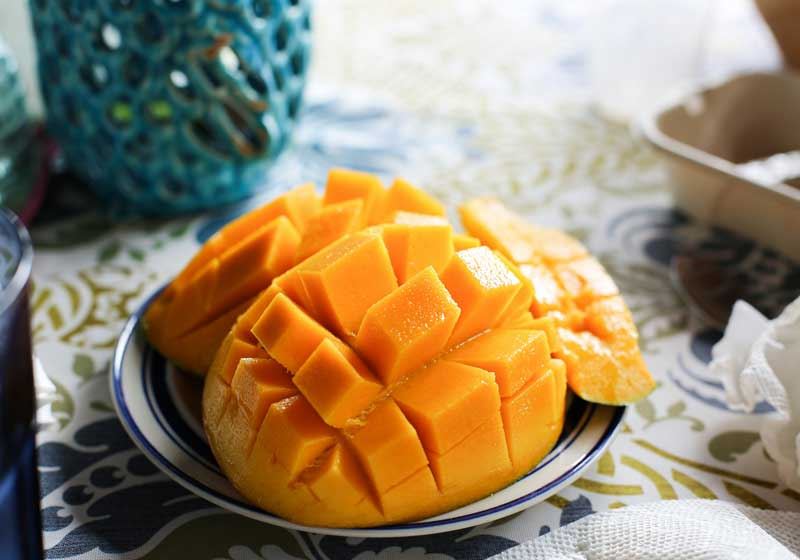By Marie-Antoinette Issa.
Eating out (or ordering in!) can be one of life’s simple pleasures and while the status of your fishy friends may not be the first thing that comes to mind when placing your Uber Eats order when it comes to seafood, it’s worth considering how your choices impact the oceans.
Unsustainable fishing practices deplete marine ecosystems and harm biodiversity, but as a consumer, you have the power to support better practices through your meal choices. Here’s a guide to help you spot sustainable seafood when dining out:

Look for Key Certifications
One of the easiest ways to identify sustainable seafood is by looking for recognised certifications. In Australia, the Marine Stewardship Council (MSC) blue label is a trusted symbol of sustainability. It guarantees the seafood was caught using methods that protect fish populations and the surrounding environment.
Similarly, the Aquaculture Stewardship Council (ASC) certification applies to farmed seafood, ensuring that the farming process meets strict environmental and social standards.

If the restaurant doesn’t explicitly display these labels on the menu, don’t hesitate to ask if the seafood is certified by MSC or ASC. Restaurants committed to sustainability often take pride in highlighting this information.
Ask the Right Questions
Engaging with the restaurant staff or Chef is another excellent way to understand the sustainability of their seafood offerings. Don’t be shy! Many Chefs - such as Josh Niland of Chef-hatted Saint Peter - are passionate about their sourcing and are happy to share details.
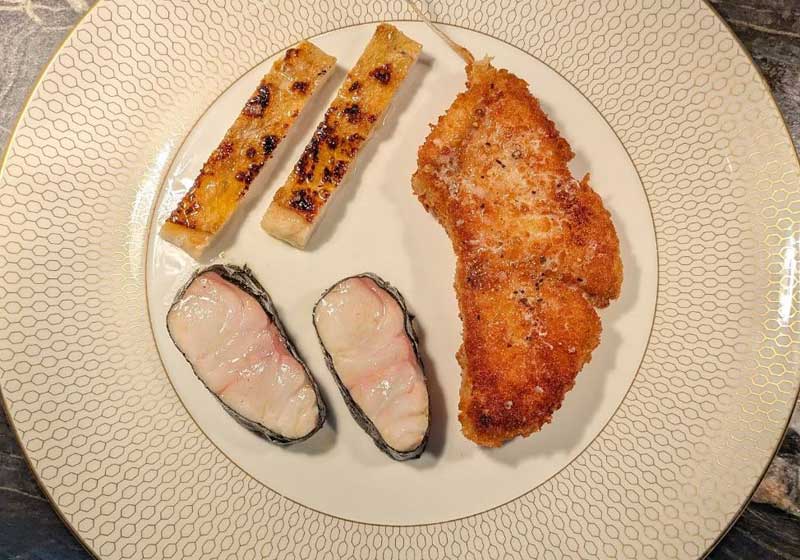
Questions you could ask include:
Where is the seafood sourced from?
Locally sourced seafood often has a lower carbon footprint compared to imports. Australian fisheries are known for adhering to strict sustainability standards, so it’s a good sign if the fish is locally caught.
Imported seafood, on the other hand, can come from regions with less stringent regulations on fishing practices. If the menu doesn’t specify the origin or sourcing method, it’s worth asking for clarification.
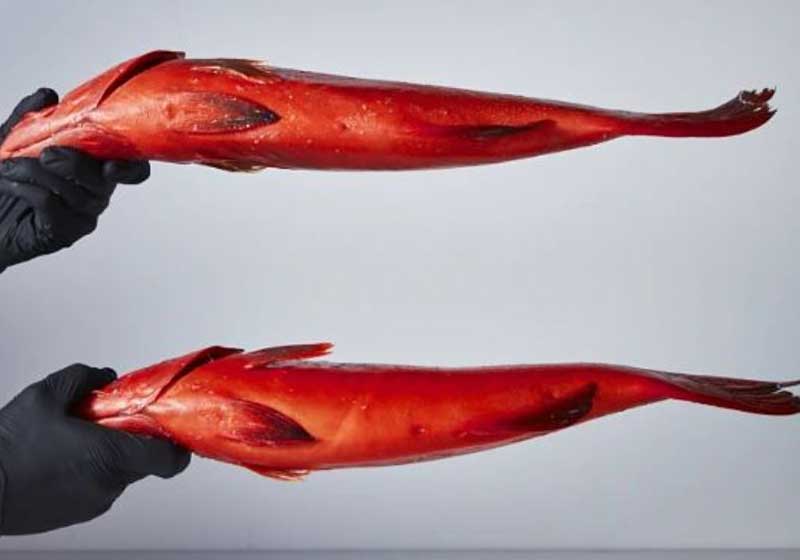
Is this species in season?
Seasonal seafood is more likely to be sustainably sourced, as it aligns with natural fish population cycles. Eating in-season seafood supports responsible fishing practices and avoids putting undue stress on fish stocks.
How was it caught or farmed?
Sustainable fishing methods like line-catching or trap fishing are less damaging to marine ecosystems compared to practices like trawling. For farmed seafood, ask if the farm uses environmentally friendly practices.
Embrace Smaller or Underappreciated Fish
One way to support sustainability is to try lesser-known species of fish, often referred to as ‘bycatch’ or underutilised species. Popular choices like salmon and snapper are often heavily fished, while lesser-known options such as mackerel, sardines or whiting are abundant and sustainable. Many Chefs enjoy the creative challenge of working with these fish, so you might discover a new favourite dish.
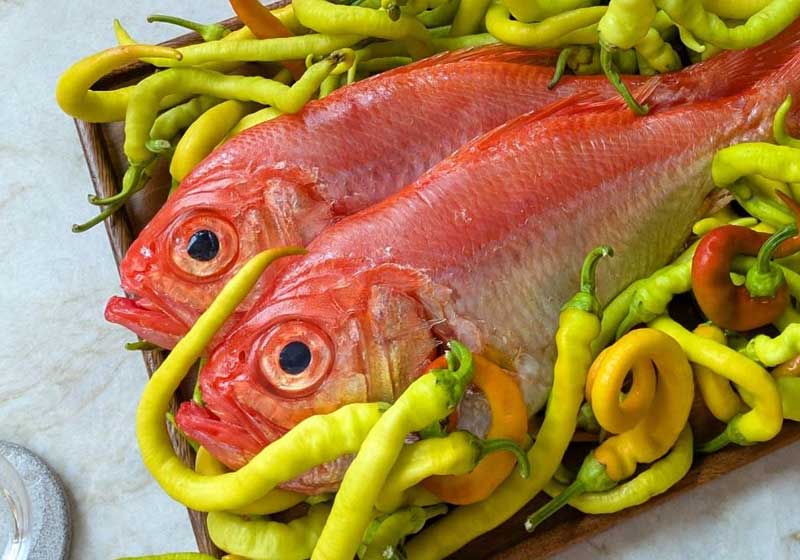
Similarly, try to avoid dishes made with vulnerable species. Bluefin tuna, orange roughy and shark (often sold as flake in fish and chips) are some species classified as overfished or at risk in Australia.
These should be avoided to support marine conservation. Finally, while prawns are a popular choice, they’re often farmed using unsustainable methods. Opt for certified sustainable prawns or wild-caught alternatives if available.
Check Restaurant Commitments
Finally, keep an eye out for restaurants that partner with organisations like Seafood Industry Australia (SIA) or those that follow the Sustainable Seafood Guide, developed by the MSC. These guides and partnerships indicate the business has a commitment to making responsible choices.
If you’re ordering takeaway, check whether the restaurant offers information about the sustainability of its seafood. Apps like the GoodFish Guide can help you make better decisions by identifying restaurants and dishes that align with sustainable practices.



